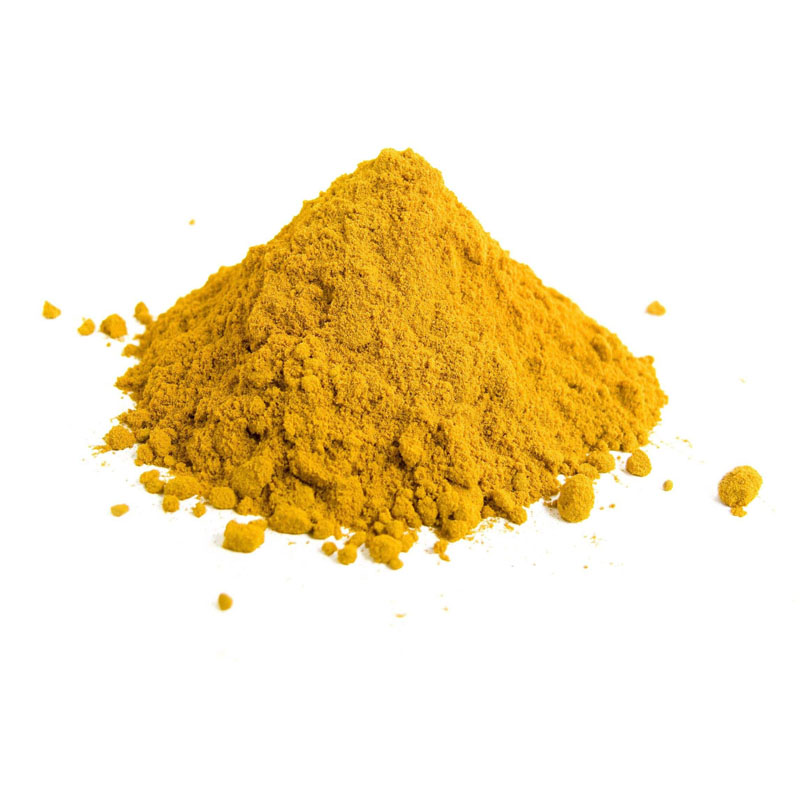- No. 268 Xianghe Street, Economic Development Zone of Xingtai city, Hebei 054001 China
- Byron@hbhongri.cn
Exploring the Fiery World of Dried Hot Peppers and Their Culinary Uses
The World of Dried Hot Peppers A Culinary Journey
Dried hot peppers have captivated the palates of food enthusiasts around the globe for centuries. With an incredible diversity of flavors, colors, and heat levels, these little red gems offer a unique twist to a variety of dishes, from spicy stews to vibrant salsas. This article delves into the history, types, uses, and benefits of dried hot peppers, revealing why they hold a treasured place in kitchens across the world.
A Brief History
The journey of hot peppers began in Central and South America, where indigenous cultures utilized them for both culinary and medicinal purposes. Upon European colonization, peppers were transported to Europe and eventually to Asia, where they sparked a culinary revolution. Today, dried hot peppers are integral to the flavor profile of numerous cuisines, particularly in Mexico, India, and Southeast Asia.
Varieties of Dried Hot Peppers
The world of dried hot peppers is vast, featuring numerous varieties that can vary significantly in flavor and heat
. Some of the most popular include1. Ancho This dried version of the poblano pepper is rich and slightly sweet, with mild to medium heat. Ancho peppers are essential in mole sauces and enchiladas, lending depth and complexity.
2. Chipotle A smoked jalapeño, chipotle peppers are known for their unique smoky flavor. They can be found in various forms, including whole dried peppers and powdered spice. Chipotle is often used in marinades, barbecue sauces, and even chocolate desserts for a spicy kick.
3. Cayenne Known for its intense heat, cayenne pepper is versatile and widely used in cuisines around the world. It can be added to pasta dishes, soups, and spice blends. In powdered form, it adds a fiery punch to sauces and dressings.
dried hot pepper

4. Arbol With its bright red color and intense heat, arbol peppers are often used to make chili powders or as a garnish to add a pop of color and spice. They have a sharp, grassy flavor that pairs well with chili sauces and soups.
5. Habenero While they are often used fresh, dried habaneros retain their fiery heat and fruity overtones. They are commonly used in hot sauces and Asian dishes, where their tropical flavor can shine through.
Culinary Uses
The culinary applications of dried hot peppers are virtually limitless. After rehydrating them in hot water, they can be blended into salsas, sauces, or soups, providing a warm, spicy flavor that elevates any dish. They are also commonly ground into powders or flakes, which can be sprinkled on pizzas, pastas, or grilled vegetables to enhance flavor.
In many cultures, dried hot peppers play a vital role in traditional dishes. For instance, in Indian cuisine, they are integral to curries and spice blends, while in Mexican cuisine, they are foundational to sauces like mole and enchilada sauce. Their ability to enhance flavor while contributing heat is why they are cherished by chefs and home cooks alike.
Health Benefits
In addition to their culinary appeal, dried hot peppers boast a host of health benefits. They are rich in vitamins A and C, which support immune function and skin health. The capsaicin found in hot peppers is also known for its anti-inflammatory properties, and some studies suggest it may aid in weight management by boosting metabolism and reducing appetite.
Conclusion
Dried hot peppers are more than just a spice; they are a cultural phenomenon that enhances and transforms food. With their rich history, varied types, and numerous culinary uses, they hold a special place in kitchens around the world. Whether you love the gentle warmth of an ancho or the fierce heat of a habanero, incorporating dried hot peppers into your cooking can elevate your dishes and ignite your passion for flavor. Embrace the spiciness, and explore the vibrant world of dried hot peppers!
-
Turmeric Rhizome Powder: A Golden Treasure from Roots to TableNewsJul.28,2025
-
The Versatile Application Of Crushed Red Hot Peppers: Lighting Up The Red Flames On The Dining TableNewsJul.28,2025
-
The Paprika: A Touch Of Vibrant Red In Color, Flavor, And CultureNewsJul.28,2025
-
Ground Turmeric: A Modern Examination of an Ancient SpiceNewsJul.28,2025
-
Capsicum Liquid Extract: Features, Applications, and ChallengesNewsJul.28,2025
-
Application of Capsicum Liquid Extract in FoodNewsJul.28,2025







